Zoonotic Diseases: Pigeon Associated People Diseases
If you are looking for information about Zoonotic Diseases and Dove and Pigeon Associated People Diseases, visit Beauty of Birds and get all the information.
Diseases that are passed from animals to humans
Index of Bird Diseases
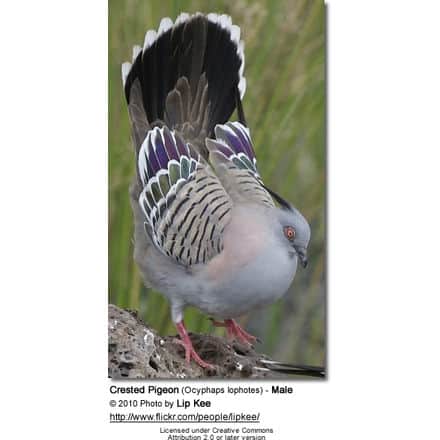
Zoonotic Diseases: Can Your Pet Make You Sick?
RISKS ASSOCIATED WITH PIGEON POPULATIONS
Cesar Arias-Schreiber wrote in response to the below study the following:
“[I] is true that all kinds of animals can transmit diseases to humans and other animals of other species, my question is how often this really happen? … have had a pigeon coop since I was 13 years old, I am 50 now , have belonged to many associations of fanciers, rescuers, rehabilitators and volunteers of wildlife, met many people that wanted to make a difference either by racing, creating a new breed, or just rescuing pigeons in the major cities, in my 37 years in contact with these creatures, I yet have to meet a person that had contracted any of this diseases from their feathered friends, isn’t that odd? Or is it just hype that pigeons are dirty birds that will get you sick just by touching them? after all I have not met any bird, mammal or human that does not defecate.
The amounts of birds that live in the cities across the globe is countless and yet in this country alone the CDC has nothing but a handful of cases where humans contracted a disease by a pigeon. “
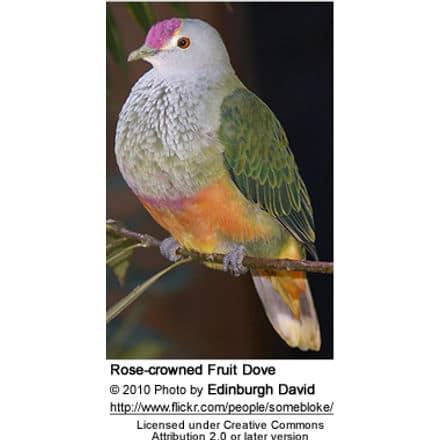
Note: The below study was published to educate on the types of the diseases that are transferable to people and the information is of value in the context of researching this topic only. The risk of catching a disease from another human is far greater than it is to catch one from a bird (pigeon or otherwise). The study also appears to be somewhat bias against pigeons – as ALL birds (or humans) can carry these diseases, not just pigeons.
The New York City Department of Health and Mental Hygiene reports that since 1996, fewer than 50 confirmed cases were reported in the United States annually; and according to the CDC, about 70% of infected people had contact with infected pet birds (none of which were likely to be pigeons).
These birds have served very important purposes in the past and some of them, having saved thousands of people during wartimes, are celebrated heroes: Intelligence and Competencies and Messenger / Homing Pigeons and Their Applications and the below shouldn’t be used to dismiss their amazing achievements and value.
University of Nebraska – Lincoln Year 1979
PIGEON ASSOCIATED PEOPLE DISEASES
Walter Weber, Indianapolis, Indiana,
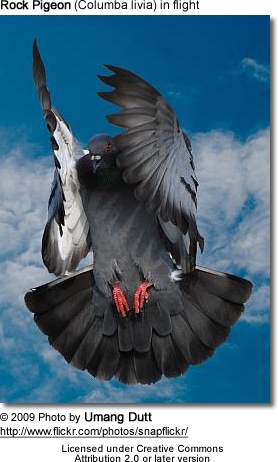
This paper is posted at DigitalCommons@ University of Nebraska – Lincoln: http://digitalcommo ns.unl.edu/ icwdmbirdcontrol /21 156
MYCOTIC diseases are not transmitted from humans to humans. Perhaps this is why they do not make the headlines. The fungi causing the diseases are acquired by inhaling the fruiting bodies or spores along with particles of dust. The fungi live saprophytically in feces and soil.
Aspergillosis is caused by Aspergillus fumagatus. The fungus produces toxins which poison the victim’s blood. These assist the spread of the spores in airborne dust.
Blastomycosis is caused by Blastomyces dermatitidus. It primarily affects the lungs; the main route of infection is by inhalation of spores. The organism has been isolated from bird manure.
Candidiasis is caused by Candida spp., chiefly C. albicans. Nearly one-fourth of all mycotic deaths are caused by this yeast. It often affects the mouth, respiratory system, intestines, and urogenital tract, especially the vagina. Incidence of candidiasis (yeast infection) in women is an increasing problem. The discomfort of the itching, pain, and discharge caused by the growth of this fungus is significant enough to warrant the elimination of these birds which are one of the three wild birds most frequently infected with Candida.
Cryptococcosis is caused by a systemic pathogenic yeast called Cryptococcosus neoformans. No organ or tissue of the body is exempt. It very frequently involves the brain covering as cryptococcal meningitis. One Indianapolis victim spent 91 days in the hospital with cryptococcosis. The yeast is carried in the intestinal tract of these birds and deposited in their feces (Newberry 1967). One Kansas City survey showed that 93% of the coops were infected. Histoplasmosis is caused by Histoplasma capsulatum. It is interesting to note that the disease was suggested at one time as a biological warfare agent because of its airborne route (Furcolow, personal communication, 1960). It is probably the second most significant fungus disease. The “summer flu” that midwesterners used to get is now thought to have been histoplasmosis (Personal communication, American Lung Association, 1974). It is basically a pulmonary disease but may extend to the liver, lymph nodes and spleen. The organism may disseminate to the blood and bone marrow and be fatal. It may lodge in the eye to cause ocular (eye) histoplasmosis. Twenty-two cases were reported to the Indiana Board of Health in 1976. Feces fertilize the soil in such a way as to give the fungus competitive advantage over other soil microorganisms. The largest outbreak ever recorded occurred in Indianapolis during the winter of 1978-79 with over 450 confirmed cases. There were 18 deaths.

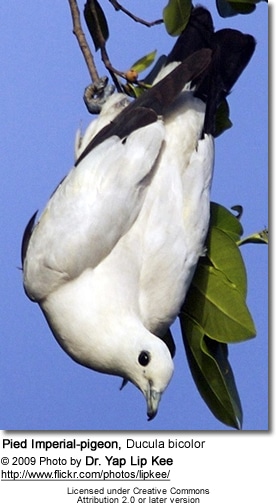
BACTERIAL DISEASES are listed. Erysipeloid generally starts in a break in the skin and is accompanied with a sensation of burning, throbbing pain, and intense itching. It is caused by Erysipelothrus insidiosis. These birds are involved in its transmission.
Listeriosis is caused by Listeria monocytogenes. It causes changes in the cells of the nervous system. It may cause conjunctivitis, endocarditis, and skin infections. It can also cause meningitis in newborns, abortions, premature delivery, stillbirths, and death. The organism has been isolated from these birds.
Parteurellosis is caused by a highly contagious bacteria, Pasteurella multicida. The disease may be divided in four groups of syndromes:
1) infection of the upper respiratory tract as nasal discharge or conjuntivitis,
2) infection of the lower respiratory tract as bronchitis or pneumonia,
3) infecton of internal organs as appendicitis or inflammation of the urinary tract,
4) abscessed wound infections. They can spread the bacteria through their droppings or nasal discharge. The organism can live as long as a month in manure or three months in a dead bird.
Salmonellosis is more than food poisoning. Gastroenteritis is the most common manifestation. Enteric fever or septicemia may follow several weeks later as a relapse.
Septicemias often terminate fatally. Persistent infections are less common but very important. There may be an abscess or local infection as arthritis, bronchopneumonia, endocarditis, meningitis, osteomyelitis, or pyeleonephritis. They are important in the spread of salmonellae, since the bacteria are left wherever they defecate (MÜller 1965). They trample back and forth through their copious excretion on window ledges and air intake vents. Dusts to contaminate food or homes enter through air conditioners and ventilators. The most common salmonella Isolated from these birds is Salmonella typhimurum var. Copenhagen, which is found in about 2% of their feces (MÜller 1965).
Yersiniosis is a plague-like disease by Yersinia pseudotuberculosos and Y. enterocolitica. The disease is clinically indistinguishable from appendicitis. Both diseases cause fever, nausea, headache, hard and painful stomachs. Because of the similarity, there were 32 school children hospitalized in Oneida County, New York in September 1976. Fourteen were reported to have had unnecessary appendectomies.
Y.enterocolitica serotype 8 was isolated from the ill children. It was first isolated from pigeons in 1916. Transmission may be through the feces, eggs, or ticks of pigeons (Hubert 1972).

PROTOZOAN diseases include American trypansomiasis, toxoplasmosis, and trichomoniasis. American trypanosomiasis is caused by Trypanosoma cruzi. There is no vaccine, effective treatment, or cure for the disease. It is transmitted through the feces of infected triatimid bugs, as the pigeon kissing bug (Triatoma rubrofasciata) . The bugs tend to feed at night while the victim is asleep the bug defecates during or soon after engorgement, and most human infections occur when the bug feces are rubbed into eyes or mucous membranes following a bite.
Toxoplasmosis may be one of the most widespread zoonotic diseases in the United States. It is caused by Toxoplasma gondii. It has been shown to cause abortions in women (W.J. Schneider, personal communication, 1977). The organism seems to have an affinity for brain tissue; it may cause mental retardation and death. They frequently transmit toxoplasmosis through fecal contamination, respiratory droplets, eye secretions, contact with infected tissue, or through ectoparasites.
Trichomoniasis is caused by Trichomonas gallinae. It may affect the genital tract. These birds are considered the primary host, with about 80-90% of the adults infected.
VIRAL diseases include encephalitis, meningitis, and Newcastle. Eastern equine encephalomyelitis (EEE) is the most deadly of the North American arbovirus diseases. It has been known to cause mental retardation, convulsions, and paralysis. The mortality rate may be around 60%. These birds are considered an amplifying host for the virus (Fothergill et. al. 1938).
St. Louis encephalitis (SLE) affects the nervous system, ranging from complete recovery to isorganization, paralysis, coma, and death. The mortality rate is usually 5-10%, in some cases up to 33%. Pigeons, English sparrows, and house finches are the three birds labeled as main reservoirs of SLE.
West Nile encephalitis ranges from mild to fatal Infections.
Western equine encephalomyelitis is much more present and dangerous than most people think. The fatality rate has been between 5 and 15%. Children under one year of age may never recover from an infection of the virus, often becoming total vegetables.These birds are one of the amplifying hosts (W.F. Rathel, personal communication, 1977).
Meningitis causes as inflammation of the brain and its covering. These birds are subject to meningo-encephaliti s. Newcastle disease often involves conjunctivitis, lacrimation, and a mild influenza-like infection. These birds are the third largest common carrier; the virus has been detected in their feces.
CHLAMYDIAL and RICKETTSIAL diseases. Chlamydiosis, caused by Chlamydia psittiaci, is a generalized infectious disease that causes a flu-like respiratory infection with high fever, severe headache, and generalized aches and pains. Mortality is usually restricted to the old, the weak, or those with concurrent disease. Over half of the pigeon population is or has been infected.
Q fever is caused by Coxiella burnetti. It is characterized by a sudden onset of pneumonitis, sometimes causing death. These birds are involved as carriers (Syrcuek et al. 1956). Investigators have isolated C. burnetti from the Kidneys of a large number of pigeons. The disease can be transmitted by infected ticks, ingestion, or by inhalation of dust contaminated with the organism.
PARASITIC WORMS include cestodes and trematodes. Taeniasis by large tapeworm is caused by Taenia saginata, with specimens up to 50 feet having been recovered. These birds have been incriminated as potential vectors. Schistosomiasis, one of the most prevalent diseases throughout the world, is caused by a water-borne trematode. These birds are associated with flukes in the watery areas where they exist. Other trematodes include Echinoparyphium paraulum, Echinoparyphium recurvatum, Echinostoma revolutum, Haplorchis pulimio, and Hypoderaeum conoideum.
DERMATOSIS. Acariasis is caused by infection of mites. Bird mites were responsible for a case of pruritis in a North Carolina hospital. The mites originated in a pigeon nest in the ventilator.
Literature Cited
Fothergill, LeRoy D., John H. Dingle, Sidney Farber, and M.L. Connerley. 1938. Human ecephalitis caused by the virus of the Eastern variety of equine encephalomyelitis. New England J. Med. 219: 411.
Hubbert, W.T. 1972 Yersiniosis in mammals and birds in the United States. Am.J. Trop.
Med. and Hyg. 21: 458-463.
Müller, G. 1965. Salmonella in bird faeces. Nature 207 (5003): 1315.
Newberry, Marcus W., Jr., Jinks E. Walter, John W. Chandler, Jr., and Fred E. Tosh. 1967. Epidemiological study of Cryptococcus neoformans. Ann. Int. Med. 67: 724-732.
Syrucek, L. and Raska. 1956. Q fever in domestic and wild birds. Bull. World Health Organziation. 15(1/2): 329-337.
Terskikh, I. I., A M. Chel’tsov-Bebutov, L. N. Kuborina, and A. A.. Keleinikov. 1961. Study on ornithosis in birds and its natural focal occurrence. Vopr. Virusol (transl.) 6(2):141-146.
Weber, W. 1979. Health hazards. Thomson Publications, Fresno, California. 137 pp.
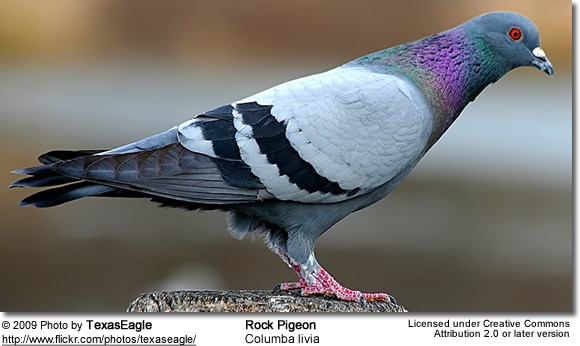
Related Websites / References: Zoonotic (Bird-Human) Diseases: Avian Tuberculosis – Linda Pesek DVM; Winged Wisdom
Yeast Infections: Birds / Humans
NEED A VET?
USA: Find Your Local Avian Veterinarian
Information contained on this website is provided as general reference only. For application to specific circumstances, professional advice should be sought.





